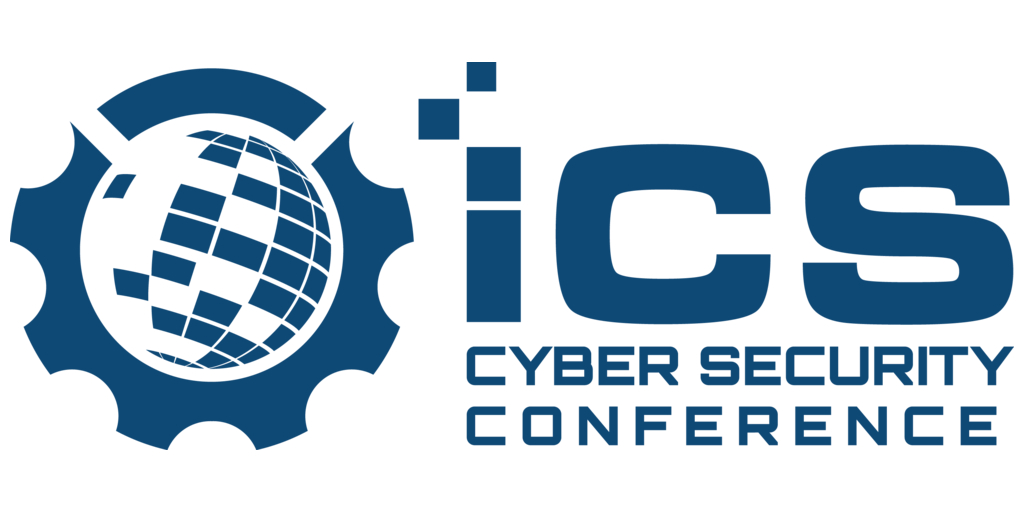
Sign up for daily news updates from CleanTechnica on email. Or follow us on Google News!
Last week, Honda introduced its oddly styled avant garde 0 electric vehicle prototypes at CES 2025 in Las Vegas to the sound of one hand clapping. But the appearance of those concept cars was not the big news from Honda. What was more important was news of the ASIMO operating system and software package the company has developed for its electric cars.
Today, the company announced it would start production of a new battery electric vehicle for its Acura division later this year. The Acura RSX will be manufactured at the new EV factory in Ohio and will be the first car to use that ASIMO platform. “In RSX, we turn to an Acura nameplate that communicates fun to drive performance, a great name for a sporty SUV with a coupe silhouette for our first original Acura EV,” said Lance Woelfer, VP of automobile sales at American Honda Motor Co.
In Las Vegas, Honda said the ASIMO OS was developed in-house and is the modern version of the ASIMO humanoid robot first introduced 20 years ago. Since then, Honda has continued to advance its robotics technologies that recognize external environments and autonomous behavior control while understanding the intentions of people around it. By combining them with advanced intelligence technologies, Honda is striving to offer the value of software defined vehicles in a way that is unique to Honda.
As a software platform, ASIMO OS will apply integrated management of electronic control units for vehicle systems, such as automated driving/advanced driver assistance systems and in-vehicle infotainment system. By constantly updating the in-vehicle software based on the ASIMO OS through over-the-air updates, even after the purchase of the vehicle, functions and services will be continuously advanced in accordance with the preferences and needs of each individual user. These OTA updates to both the digital UX and integrated dynamics controls will allow Honda to deliver a personalized ownership experience that will enhance the joy of driving.
In a press release, Honda said development testing in real-world conditions for the all-electric RSX begins this week, with prototype models driving around in a unique camouflage wrap designed by the global Acura design team. The camouflage created by the Acura design team emphasizes the sleek, coupe-like silhouette with sophisticated patterns that emulate light emerging through the camouflage to convey calmness, strength, and inner power. “The RSX nameplate returns to the Acura brand in our next-generation RSX with its coupe-like silhouette, and it truly represents a forward looking approach to fun-to-drive performance,” said Mike Langel, assistant vice president, Acura National Sales. “Our second all-electric SUV will solidify our EV credentials even as its ICE stablemates, the all-new ADX, RDX, MDX, TLX and Integra continue to attract new buyers to the Acura brand.”
Car and Driver says the RSX name originally appeared on a rebadged Acura version of the Honda Integra sold in the United States from 2002 to 2006, but it will now apply to a compact electric SUV that Honda says will be smaller than the ZDX, the EV based on the General Motors Ultium platform being manufactured at the GM Spring Hill factory in Tennessee. The single photo that Acura provided shows a sloping, coupe-like roofline, a full-width rear light bar, and angular vents on the rear bumper and behind the front wheels.
The Honda EV Hub
Honda says establishing the Honda EV Hub — a $4.4 billion joint venture between Honda and LG Chem — in Ohio will create the flexibility to produce internal combustion, hybrid-electric, and battery electric vehicles on the same manufacturing line. It will utilize the retooling of the Marysville Auto Plant, the East Liberty Auto Plant, and the Anna Engine Plant to reimagine the company’s approach to vehicle production, focusing on human-friendly and environmentally responsible manufacturing layouts, processes, and materials that will also achieve the highest level of quality, efficiency, and value to customers.
“We began production of Acura vehicles in America 30 years ago, so we are excited to make the Acura RSX the first EV we build at the Honda EV Hub,” said Mike Fischer, executive chief engineer and leader of the Honda North American BEV Project. “The establishment of the Honda EV Hub represents not only the start of EV production but the complete reimagining of our approach to manufacturing that will establish our global standard for EV production.”
The Honda EV Hub is less than a year away from EV production in Ohio, and significant retooling efforts are already well underway, including the installation of the first of six 6,000-ton high-pressure die cast machines at the Anna Engine Plant for mega-casting the cases for the Intelligent Power Unit which houses the EV battery and serves as part of the vehicle platform. The IPU cases being developed are much larger than anything Honda has die cast before, with mega-casting representing a new capability for Honda globally. That factory will also build the Afeela 1 sedan when (and if) it goes into production.
Also at CES 2025, Honda announced an agreement with Renesas Electronics Corporation to develop a high performance system on a chip, to be introduced on the next generation of 0 Series models in the late 2020s, as well as a new energy service through the Home Energy Management System to enable customers to enjoy a stress-free EV ownership experience with reduced environmental impact. In addition, Honda will be implementing a steer-by-wire system into its new electric vehicles, something that has only been utilized in the Tesla Cybertruck. Canoo says it has such systems in place but can’t seem to actually build any vehicles, so it’s hard to say how it works for them.
The ASIMO software package and operating system is a critical component for Honda. Volkswagen has been struggling to get its OS system for its electric cars debugged, even though it has created a separate software division known as Cariad. Several of its EV offerings have been delayed — potentially for years — by the failure of the company to get its digital house in order. It has now shoveled more than $5 billion into the corporate coffers of Rivian to pull its digital chestnuts out of the fire. Honda doesn’t have 5 years to get its act together. It needs to get things right from the get-go if it wants to be successful in an increasingly crowded electric car marketplace.

Chip in a few dollars a month to help support independent cleantech coverage that helps to accelerate the cleantech revolution!
Have a tip for CleanTechnica? Want to advertise? Want to suggest a guest for our CleanTech Talk podcast? Contact us here.
Sign up for our daily newsletter for 15 new cleantech stories a day. Or sign up for our weekly one if daily is too frequent.
CleanTechnica uses affiliate links. See our policy here.
CleanTechnica’s Comment Policy




